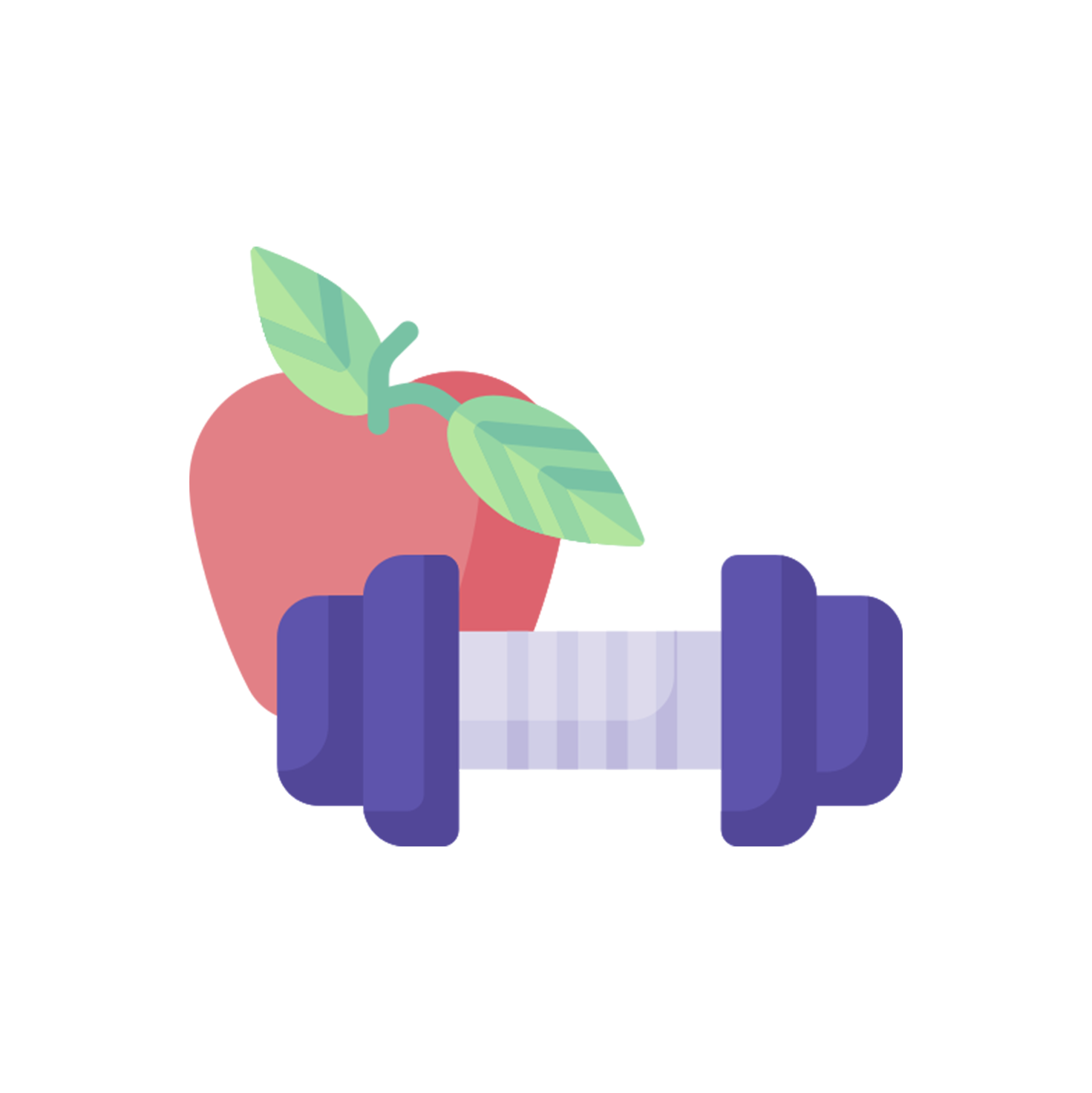Having a massage after a workout helps to reduce inflammation and relieve sore muscles for a better recovery. Rather than visiting a masseur or a sports therapist after every strenuous workout, why not learn a few self-massage techniques for immediate relief?
Here are a few self-massage techniques that you can pick up to address soreness in different parts of your body:
- How to massage sore shoulders
Lie on the floor, place a tennis ball under the area of your back that is sore, move your body side-to-side to massage your back. Alternatively, you can place a foam roller under your upper back in a position that is parallel to the spine.
Another easy movement involves crossing your arms over your chest to grab your shoulders with both hands. Start with squeezing your shoulders, hold for a few seconds and release. - How to massage for sore lower back and upper leg area
Press into the sore muscle with your knuckles, fingertips or an elbow and move your hand in small clockwise circles. Or you can place a yoga block beneath your sacrum to support your lower back so you can fully rest the muscle. - How to massage for sore hamstrings
Again, you can use a foam roller to ease the tight muscles down the back of your leg. Place the roller under your legs and roll with a moderate level of discomfort. Hold for 10 to 15 seconds on areas that are tender. - How to massage for sore neck, arms and legs
Heat treatment is often recommended to promote blood flow to help with muscle relaxation, while cold treatment, sometimes administered with a pack of frozen peas, decreases blood flow and reduces inflammation. You can use kitchen essentials such as rice for a reusable DIY heat treatment by wrapping some uncooked rice with a cloth and heat it up in the microwave. Rub the heated rice up and down the area that is sore.
Stretch and relax
Increasing muscular flexibility is equally important as muscular endurance and strength. Include stretching in your warm-up and cooling-down routines can prevent injury and soreness after physical exertion.
Source
© Cigna Healthcare 2023
Information provided in this article is intended for health and fitness purposes only and is not intended for use in the diagnosis of disease or other conditions, or in the cure, mitigation, treatment or prevention of disease (see Terms & Conditions for details). Any health-related information found in this article is available only for your interest and should not be treated as medical advice. Users should seek any medical advice from a physician, especially before self-diagnosing any ailment or embarking on any new lifestyle or exercise regime. Any information contained in this article may not be suitable, accurate, complete or reliable. Cigna Healthcare accepts no responsibility for the content or accuracy of information contained on external websites or resources, or for the security and safety of using them. "Cigna Healthcare" and the "Tree of Life" logo are registered trademarks of Cigna Intellectual Property, Inc. in the United States and elsewhere, licensed for use. All products and services are provided by or through operating subsidiaries, and not by The Cigna Group.



